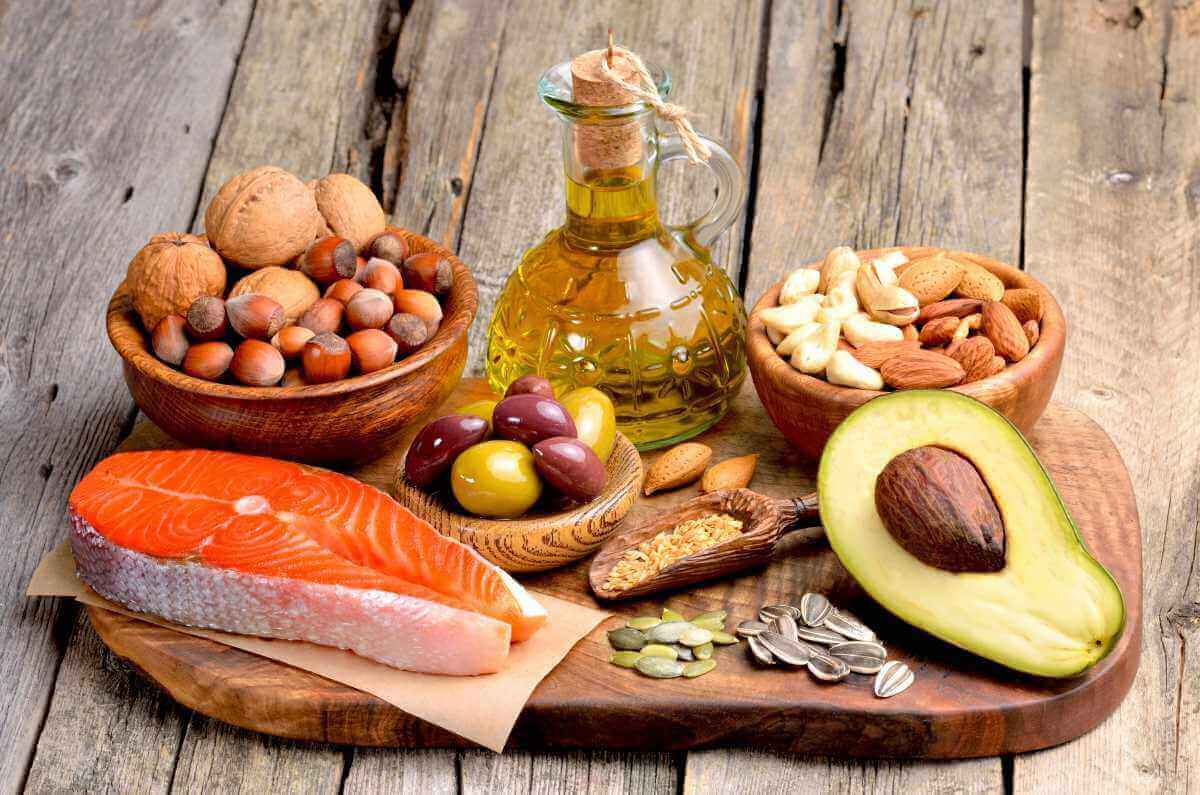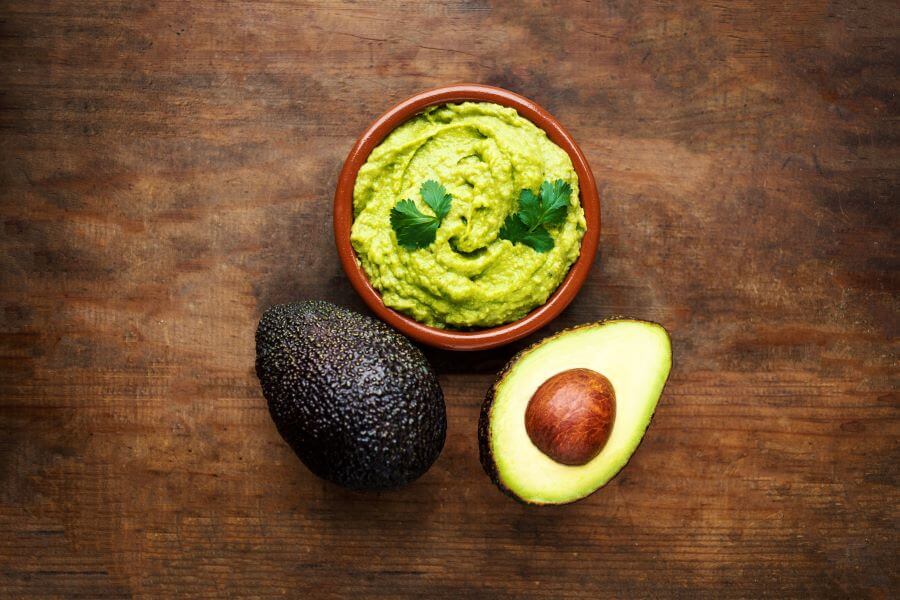If you go to a supermarket to buy gazpacho, you may see on the label that it has been “pasteurised”.
Pasteurised gazpacho is based on the traditional pasteurisation process, designed to offer you a food that is safe for your body by heating, but this method has a serious drawback: it makes it lose its original flavour. At Caña Nature, our pasteurisation process is cold, an innovative process. In this way we do not lose any of the properties of the food, maintaining its freshness and offering maximum food safety as it neutralises any microorganism.
Is unpasteurised gazpacho better? Is there a safe process to treat gazpacho without losing flavour? What process do we follow at Caña Nature? We answer these questions below:
The risks of unpasteurised gazpacho
Faced with the dilemma of heat-pasteurised gazpacho and its loss of flavour, some brands choose to market unpasteurised gazpacho. You may see this clearly identified in the promotion of the product.
They guarantee that it retains all its natural flavour, but what about safety? Pasteurised gazpacho follows this process to eliminate micro-organisms present in the food. If it is not pasteurised, it is logical to ask whether they are safe products.
In theory, they are equally safe if they comply with the optimum conditions of conservation, from the moment of their manufacture and packaging to their distribution and, logically, how they are stored at home. However, there is a risk in eating food that has not been pasteurised.
High-pressure cold processing
Many companies market unpasteurised gazpacho, guaranteeing that it is subject to strict preservation controls. But this claim is as ambiguous as the food safety they can offer with it is doubtful.
If we have to identify one of the best treatments for gazpacho and, more specifically, for the food used in its preparation, the cold pasteurisation process using high pressure is the most recommendable.
This process eliminates any pathogens that may be present in the natural food, without affecting its flavour at any time.
Caña Nature’s fresh Gazpacho: How it is prepared
At Caña Nature we effectively take advantage of cold processing by means of high pressure. We subject the product to a pressure of more than 5,000 – 6,000 bar. If we could compare it, this is equivalent to 4-5 times the depth of the Mariana Trench.
Specifically, we use the Hiperbaric 300 machine. It has a 300-litre capacity vessel and 2 fully independent high-pressure intensifiers, with which we can achieve a production output of 1.7 tonnes per hour.
Advantages of high pressure cold processing
HPP (High Pressure Processing) technology offers us all the advantages we need to achieve the renowned quality in our gazpacho and also in the rest of the products available under the Caña Nature brand.
Firstly, we destroy any pathogenic organism that any of the foodstuffs in our recipes may contain. In this way we offer fresh and safe products.
Furthermore, we do this without altering the properties of the food. They contain both their natural nutrients as well as their flavour.
In fact, unlike what we would have to do if we marketed pasteurised gazpacho, Caña Nature’s fresh gazpacho contains no additives or preservatives (no E’s).
An additional value of high pressure cold processing is that it is a sustainable process. It is environmentally friendly because all the water used during the process is recycled.
Finally, we can talk about the premium quality that high pressure cold processing brings to Caña Nature’s fresh gazpacho, with all the sensory and nutritional properties fully intact in the recipe, as no thermal processing is carried out.
A seal of confidence that you can find not only in Caña Nature’s fresh gazpacho, but also in our salmorejo, grated tomato, guacamole, Mexican sauce or avocado pulp that we also make.












